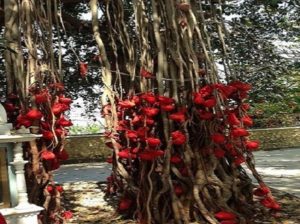
On my recent visit to conduct a workshop at Aurangabad, I visited a Jain temple on the way to Shahpur near Nasik, Maharashtra. The temple is popularly known as Manas Mandir and stands atop a hill. It is considered to be a replica of famous temple complex of Palitana, which is a great pilgrimage site for Jainas. While entering the huge temple complex, I could see many different temple spires and found out that it had been built a few years ago by a very famous Jaina monk, Shri Bhuvan Bhanu Vijayji with help from his disciples.
Surrounded by many small temples, each devoted to Jaina Sutra, I walked towards the main temple which appeared very big. The main idol here is that of the first Tirthankar Rishabhdev (also known as Adinath). Apart from his idol there are those of many other Tirthankaras in the sanctum sanctorum.
As I stood in prayer, I heard the people running around and their footsteps echoing and disappearing at some spot behind the temple. Slightly irritated by the noise and disturbance, I asked the priest who was standing in a yellow dress as to what was going on. He spoke to me as if he was addressing a young person not versed in the ways of the temple and said “Kshetrapal dada has given his darshan, you also please go to see him and pray, he will fulfil all your wishes.”
Slightly curious, I went behind the huge temple and saw a big temple created for Kshetrapal. Also known as Kshetrapal Dada he is a snake which takes care and protects the deity from any mishaps and also takes care and protects all his worshippers and temple complex. The temple of Kshetrapal was situated below a huge Banyan tree with thousands of branches hanging out. To my surprise, these branches had red colour cloth tied in thousands. On closer view, I realised it was a coconut and may be some money tied in a red cotton cloth and hung by all the believers on them.
There was a small temple made with mud just below the Banyan tree with icons of two snakes. A ghee lamp had been lit with some incense sticks and red kumkum (vermillion) pasted there. People who undertake a vow to fulfil a need or desire come to this Kshetrapal temple and tie the coconut in red cloth once their wishes have been realised. It is their way of offering their gratitude for his help in their endeavour.
On that day the mad rush near the tree was because a huge snake had coiled itself around the trunk and was on its way towards the temple wall.
“To get a darshan of the Kshetrapal Dada while visiting the Kshetrapal Temple is considered very auspicious and wish fulfilling” my guide, the priest said. He also said that there are two snakes living there and are believed to be Dharanendra and Padmavatidevi.
The story goes that: A very famous 23rd Jaina Tirthankara Parshvanatha was a prince in the kingdom of Kashi. He was known as prince Parshva then. Once he went to see an ascetic who was performing some penance by lighting the logs of wood. On the outskirts of the city this ascetic, whose name was Kamath, was performing the ritual of penance. Parshva had divine vision and only he could see that there were two snakes (male and female).He asked Kamath to remove that log but Kamath could not see anything and accused Parshva of trying to break the penance. Parshva was the only person there who knew what was happening. When his request was turned down, Parshva ordered one of his servants to remove the log in question. When the servant did as he was told, everybody saw that there indeed were two snakes inside the log. The snakes unfortunately did not survive and died. But before their death Parshva recited Namaskara Mantra and the snakes died in peace.
These snakes in their next birth were born as Dharnendra (one of the Indra Gods with the name of Dharan) and Padmavati. Kamath was very angry but he could not do anything, as he was proved wrong.
After few years Parshva left everything and went away in search of eternal happiness and became a monk. One day Parshva was standing in a meditation in a large forest where a demon called Meghmali arrived. Meghmali was none else but Kamath who had died and had been thus reborn.
Meghmali wanted to revenge for what he had suffered in his past life. He did everything he could to break Parshva’s meditation. He brought down torrential rain. Water levels rose and came up to the knees of Parshvanatha and kept rising. At this juncture Dharnendra and Padmavati came and created a big lotus, which lifted Parshvanatha above the water. Dharnendra made a hood (snake hood) to prevent Parshvanatha’s head getting wet. Parshvanatha was still in deep meditation. Meghmali at last gave up his evil acts and apologized. Parshvanatha forgave him.
This story of obstacles created by Meghmali is quite famous. Dharnendra and Padmavati saved Parshvanatha and people believe that they still come and save anyone who in is trouble. Hence the whole myth of Kshetrapal and his story of wish fulfilment.
On coming back home, I read more about Dharanendra and Padmavatidevi and realised that Padmavatidevi is revered more than Dharnendra. In fact, she is the single most popular goddess among Jainas. She is, as stated before the dedicated deity of Lord Parshvanatha, the 23rd Tirthankara. Her colour is golden and her vehicle is the snake with a cock’s head. Padmavatidevo’s idols are found seated in ardh padmasan position wherein her right leg is resting on the ground and the left leg is resting on the right thigh. Some images are found in a lotus position as well. Most images have snake hood over head.
She has a red complexion and has four arms and her two right hands hold a lotus and a rosary. The two left hands hold a fruit and a rein. There are different forms of goddess Padmavati. Shvetambaras usually have her idols with four hands. Digambara image of Padmavati has up to 20 hands. There is a famous mantra and also yantra created to venerate the Goddess.
The Sadhna of Devi Padmavati is basically a Jaina Sadhna for the purpose of attaining wealth and prosperity. It seems, on the eve of Diwali, every Jaina Sadhak performs the sadhana of Devi Padmavati to get blessed with wealth and prosperity. As per Jaina scholars, Devi Padmavati sadhna is so fruitful that every individual irrespective of religion or community should try it and gain prosperity. For Devi, there is no religion or caste barrier and she bestows her blessing on each and every one who worships her with dedication, devotion and purity of heart.
Story collected by: Parul Doshi
Location: Maharashtra
Image copyright: Parul Doshi







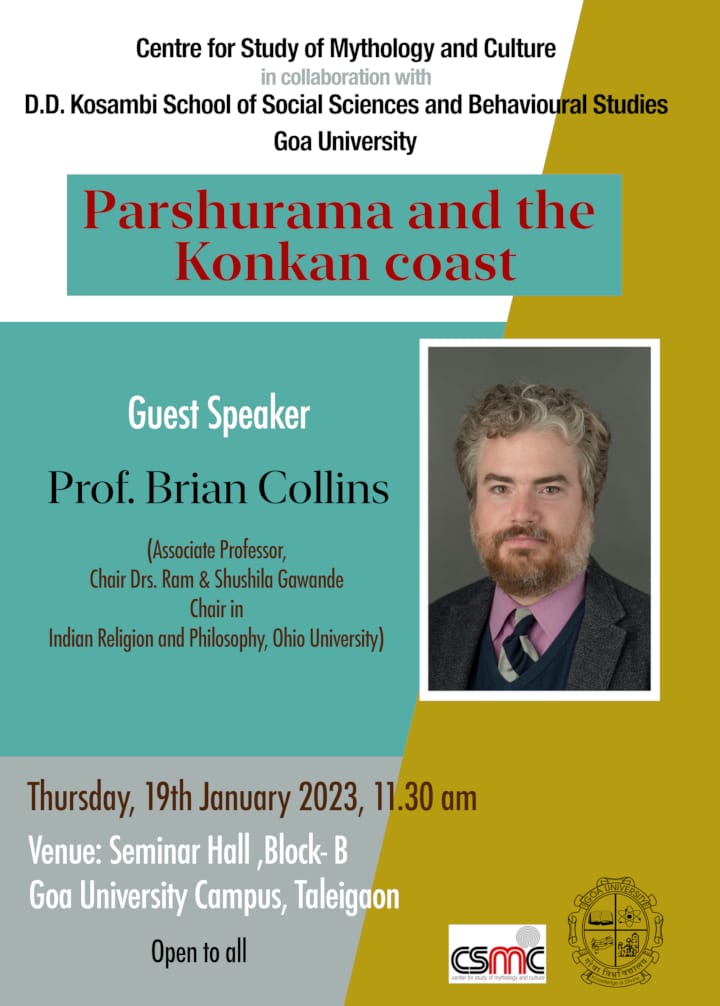
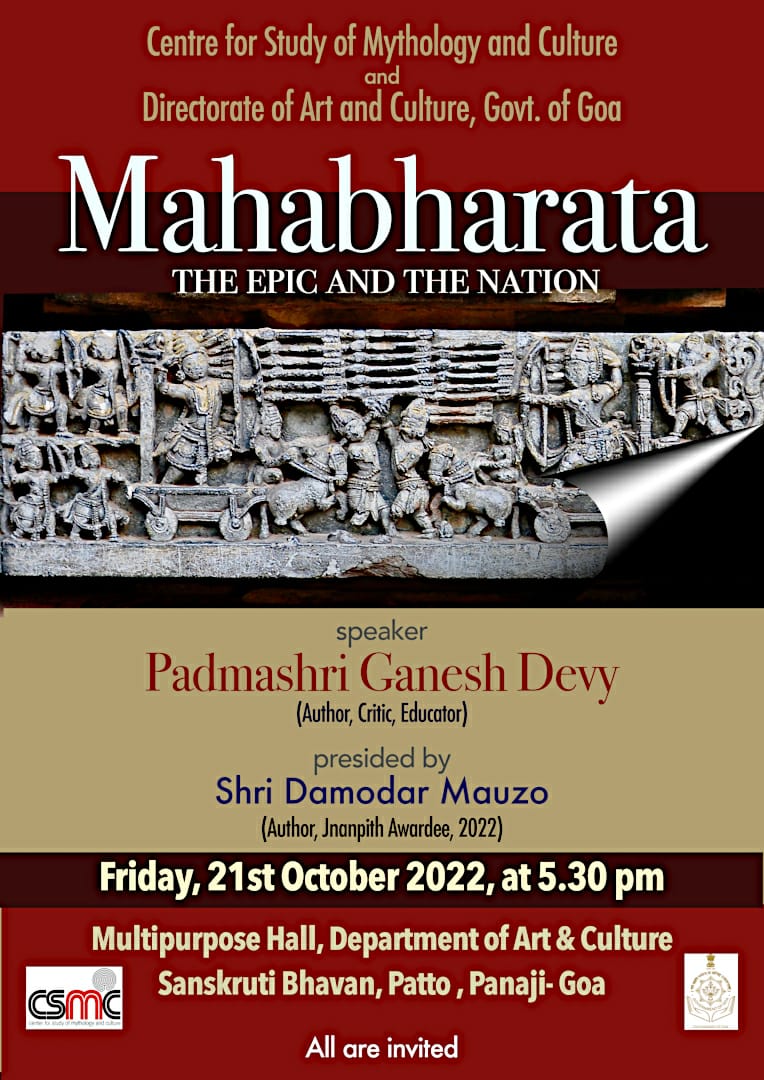
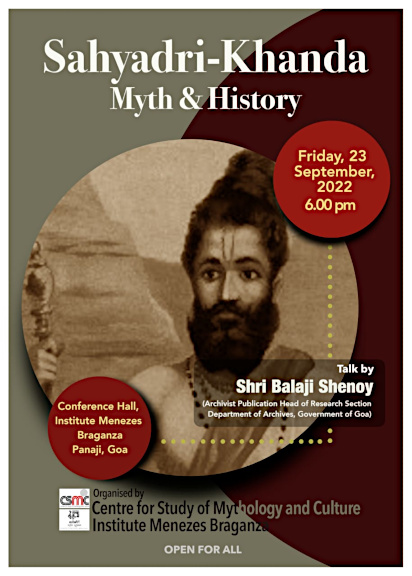
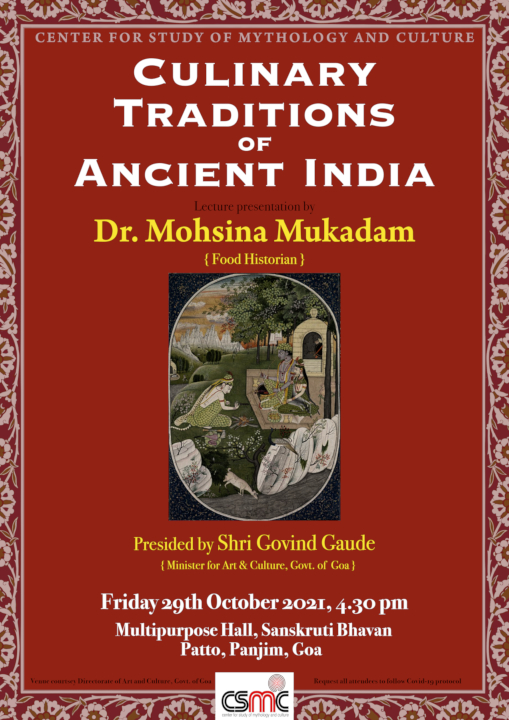

Good Story….
Thanks